MASAMI: TEA TASTING BY ALEX AHEARN
Name of the Product: MASAMI
Type of tea: Genmaicha
Producer: Koga Kumiko of Kogachagyo — 4th generation of tea masters
Location: Yame City, Fukuoka Prefecture, northern Kyushu, Japan
Harvest: May 2021
Origins: Tea (Kumamoto) and rice (Fukuoka)
Read About The Incredible Work Of Kogachagyo Below.
Kogachagyo, established in 1938, is a family business operated by Koga Kumiko and her mother and father. Koga-san represents the fourth generation of tea masters from the Fukuoka prefecture. The business produces a stunning, national prize-winning gyokuro, and one of its senchas is served on the renowned Seven Stars train that travels across Kyushu Island.

Enjoy This Tea Like Koga-San!
Water: 200 ml (6.8 oz)
Temperature: 100°C (212°F)
Tea: 6g (~1 teaspoon)
Brewing: 30 seconds
Genmaicha is one of the most popular, everyday teas in Japan and is very commonly served in many Japanese restaurants. Unlike other Japanese green teas, it is blended with toasted rice kernels. Holding the sealed package, you can feel the rice kernels through the bag and can expect a pleasantly toasty cup of tea.
Opening the sealed package released a sweet, toasted aroma with a hint of vegetal notes underneath, reminiscent of the many times I have been served tea at a Japanese restaurant while enjoying a plate of sushi or tempura.
There is something comforting about the smell of toasted rice that makes you want to sit and enjoy this tea all day. As I poured a small amount into a small bowl to measure out the correct weight, I watched as toasted rice kernels and thin, emerald green leaves cascaded out of the package into my bowl. I boiled my water and prepared my table to make tea for two. I lifted the bowl to my nose before I poured the leaves into my teapot and smelled the tea. Notes of steamed spinach and arugula are hidden under the captivating toasted rice aroma.

I poured the boiled water into my teapot and watched as the tea leaves sank to the bottom and the rice kernels started to float. Hints of nori and toasted sesame seeds wafted from the teapot as I put the lid on. I quickly poured out the liquor into two cups which were now full of hot, lightly golden-green genmaicha. As I lifted the cup to mouth, the familiar nori and toasted sesame seed notes reached my nose. The light-bodied liquor of the tea is incredibly easy to enjoy.

The sencha and toasted rice balance nicely together, and the liquor has a lingering sweetness that lasts over many steeps. As the liquor cools, notes of steamed seaweed and fried rice develop. MASAMI can be enjoyed any time of day, paired with food or enjoyed by itself after a meal, following Koga-san’s recommended steeping parameters. This tea is made with a blend of organic toasted rice and organic sencha made with the Yabukita cultivar.
Enjoy Masami At Any Time Of The Day!
Hot Preparation:
If you would like to enjoy this tea by itself, you can follow Koga-san’s steeping parameters for an additional two steeps using the same water temperature and time. The tea’s flavor will become intense and prolonged with the second steep. The third steep will be slightly lighter in body and strength. Koga-san’s recommendation is great for easily preparing a cup of tea. Using boiling water and short steep times quickly captures the tea’s umami-rich characteristics and makes a lively cup of tea.
For making a lighter preparation of this tea, I would recommend preparing the tea using 85°C (185°F) water, 4g tea (~1 teaspoon), 180ml (~6 fl oz) vessel, and a 1-minute steep. The tea’s characteristics will be more subtle and have a slightly richer body. These steeping parameters balance the characteristics of the toasted rice and sencha and can make up to three soothing steeps of tea. After the first steep, you may steep the tea for an additional two times for 1 minute each.

Dry leaves of MASAMI, first and second steep (photo © Alex Ahearn)
If you would like to make a larger serving of this tea, I would recommend steeping 8-10g (~2 teaspoons) in a 250ml (~8.5 fl oz) vessel with 85°C (185°F) water for 1 minute. You may steep the same leaves for an additional minute for your second cup. As the tea is steeped more, the tea’s body and characteristics will lighten. If you would like to make a third steep, you can use 100°C (212°F) water and steep the tea for 10-30 seconds.
Cold Brew Preparation:
This tea can be enjoyed as a cold brew made in a 750ml (~25.4 fl oz) cold brew bottle or a pitcher. This preparation method highlights some of the underlying umami characteristics and sweetness of the tea that are not as apparent when prepared hot. Put 8-10g (~2 teaspoons) of tea in the bottom of the bottle.
Fill the bottle to the top with cold or room temperature filtered water. Place the bottle in the refrigerator and allow the tea to steep for 3-6 hours. You can taste test the tea throughout its steeping and enjoy it at any point to your liking. After the desired amount of time has passed, strain and enjoy the tea. Store in refrigerator up to one day after preparing.
Iced Preparation:
Following Koga-san’s recommended steeping parameters detailed above, you may pour the first steep directly over ice in a glass to make a quick iced tea. Make sure to drink the tea shortly after preparing.
Food Pairing Recommendations:
This tea can be enjoyed by itself or paired with, or enjoyed after, almost any dish. It pairs especially well with sushi and other dishes served with rice, and fattier fish like salmon, mackerel, and tuna. You can also make ochazuke お茶漬け, a traditional Japanese dish made by pouring green tea over rice, with Koga-san’s MASAMI.


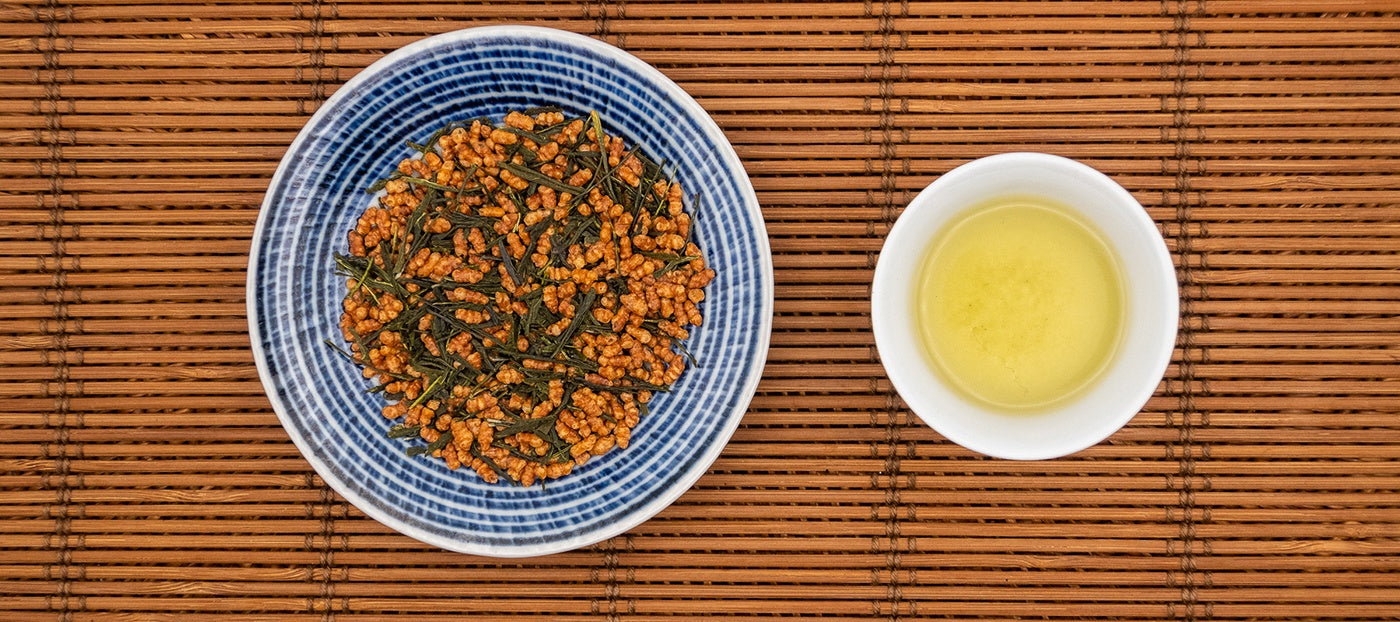

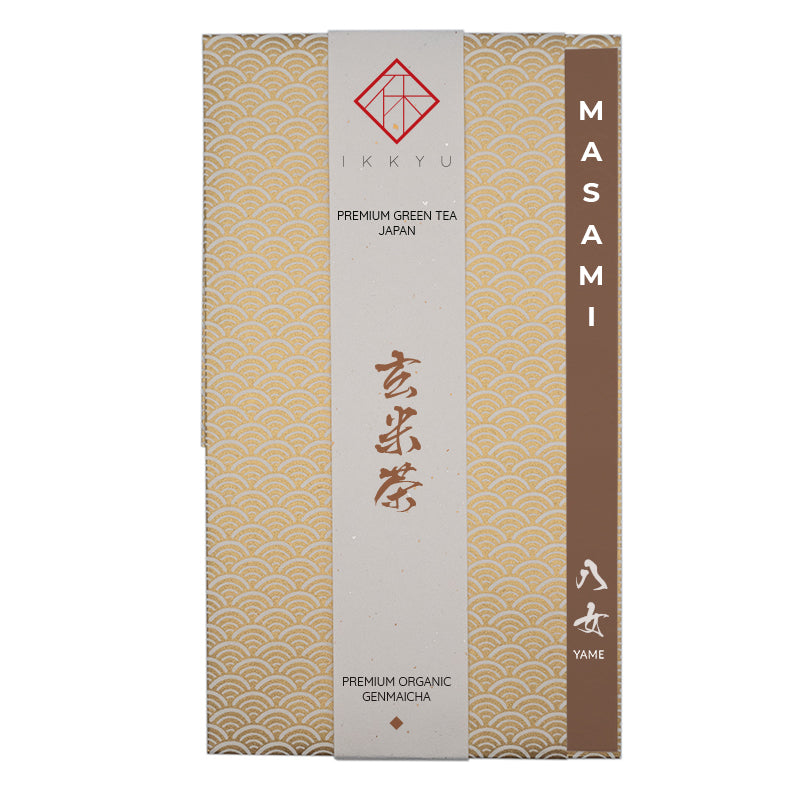
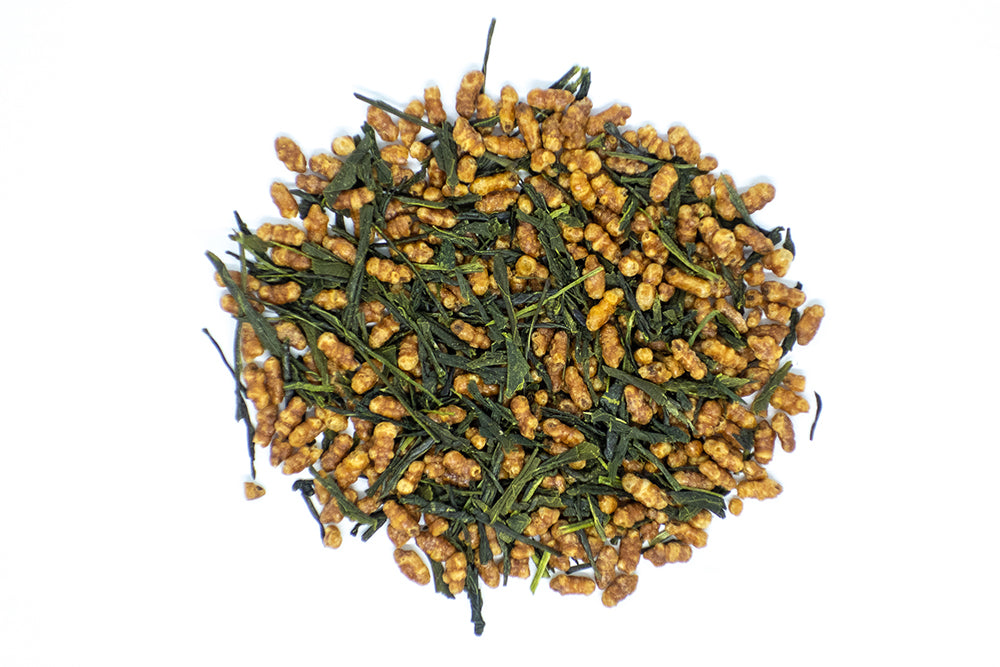
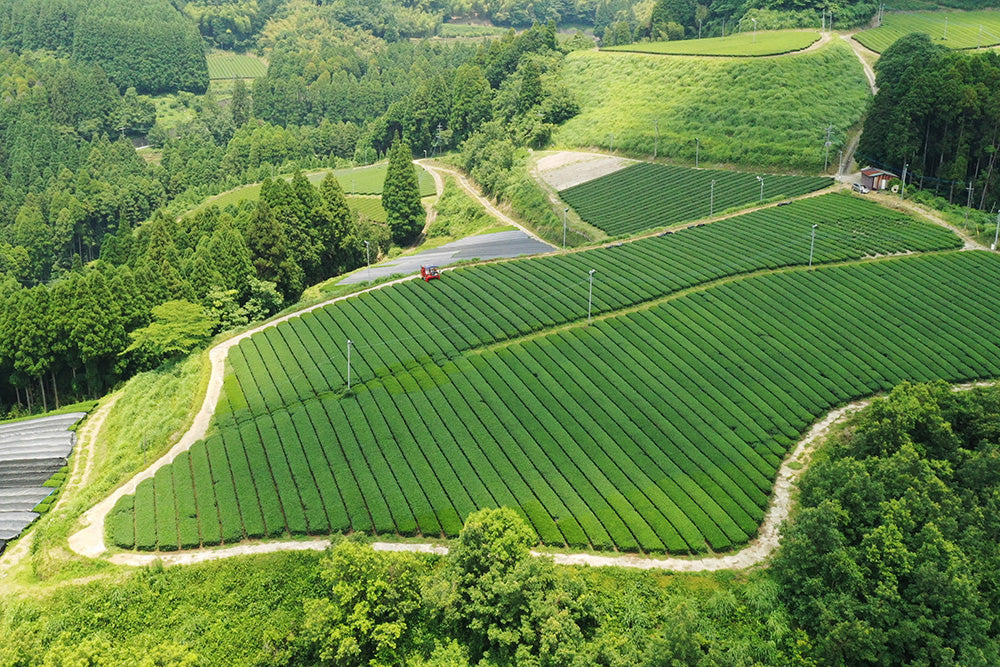

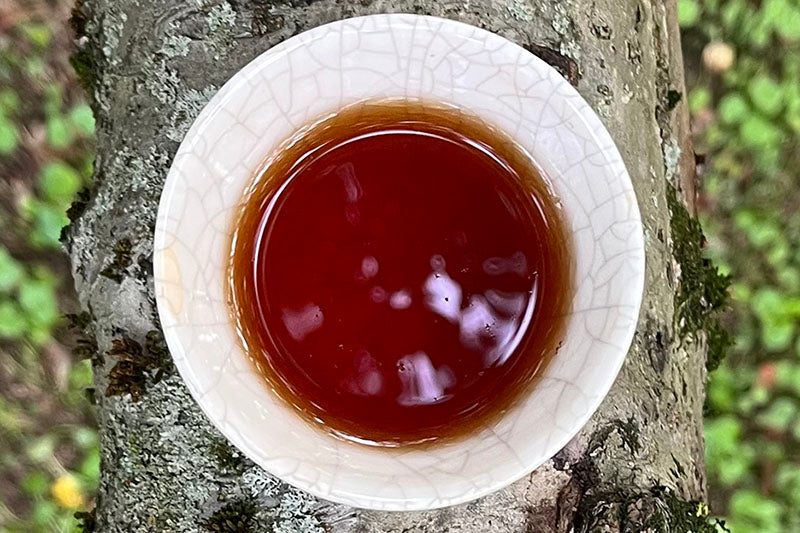
Leave a comment